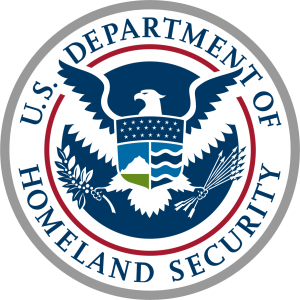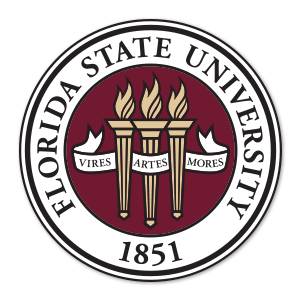
According to Florida State Statute §787.06, human trafficking occurs when any person:
“knowingly, or in reckless disregard of the facts”, engages in, attempts to engage in, or benefits financially from subjecting a person to human trafficking using coercion for labor services or sexual commercial activity. If the trafficked person is under 18, coercion doesn’t have to be shown.
Human trafficking is defined as “transporting, soliciting, recruiting, harboring, providing, enticing, maintaining, or obtaining another person for the purpose of exploitation of that person.”
Every trafficking crime in Florida is a felony.
Sex Trafficking News Report: In a federal case involving statewide sex trafficking of Central American women, it was discovered that these women were smuggled into Florida and forced into prostitution in Jacksonville, Tampa, Tallahassee, and Orlando. Many of the men in charge were Colombian immigrants. The women were brought to the U.S. under the impression they would work as maids or bartenders, then forced into prostitution and rotated from city to city. They serviced mainly the Latin American community in apartment complexes. The women were made to charge $30 per sex act and were not allowed to keep any of it.

Source: Pinkham, P. (2007, September 25). Feds bust illegal immigrant prostitution ring with Jacksonville connections. The Florida Times-Union. Retrieved October 6, 2017


